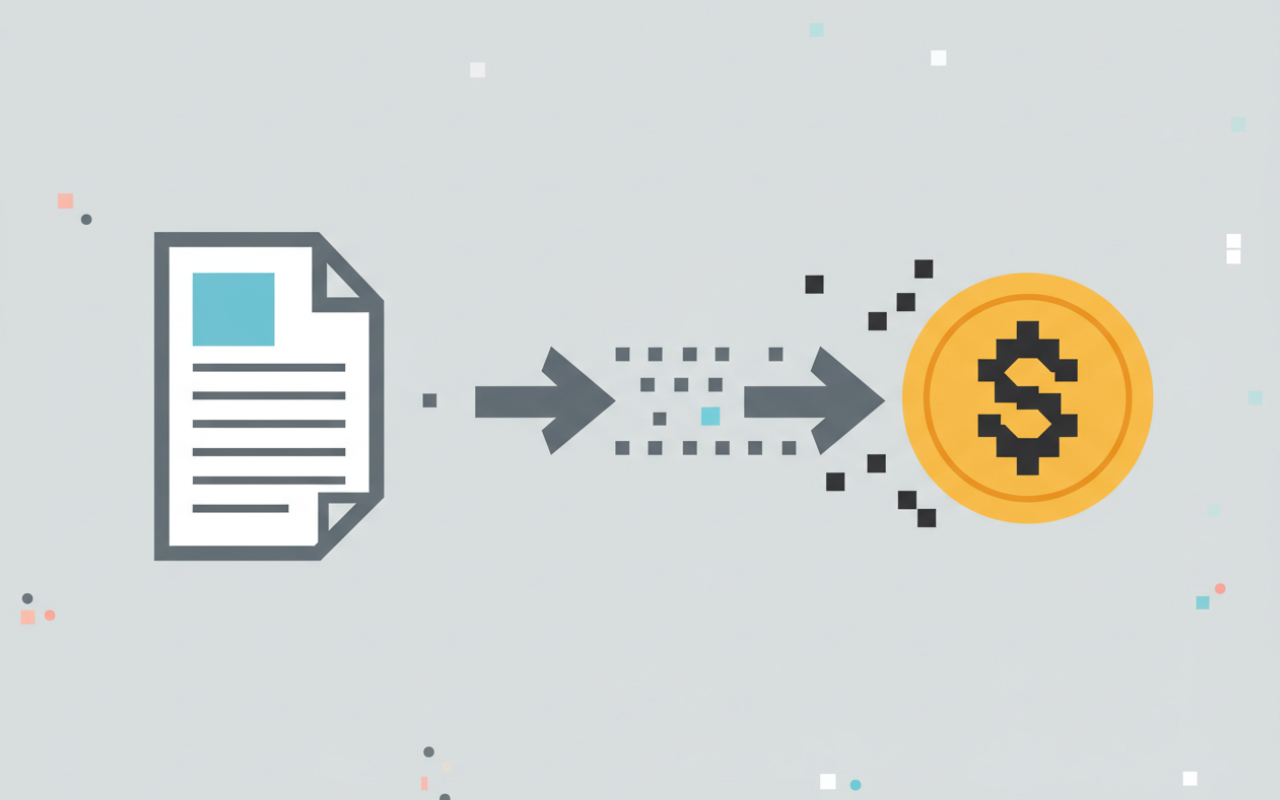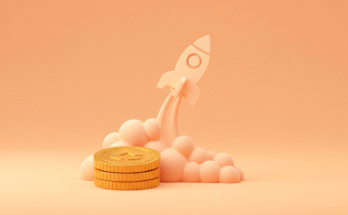If you’ve been exploring the world of blockchain and cryptocurrency, you’ve likely come across the term “tokenization“. While it might sound a bit technical and intimidating at first, don’t worry, it’s actually a straightforward and fascinating concept. Let’s break it down in simple terms so you can understand what tokenization is all about and why it matters.

What Is Tokenization?
Tokenization in blockchain refers to the process of converting an asset, whether it’s physical, digital, or even intangible into a digital token that exists on a blockchain. These tokens represent ownership or rights to the underlying asset and can be traded, transferred, or used in various ways within the blockchain ecosystem.
Think of tokenization as creating a digital representation of something valuable. It could be anything, real estate, art, stocks, precious metals, or even intellectual property. By tokenizing an asset, you make it easier to manage, transfer, and trade in a secure and transparent way.
How Does Tokenization Work?
→ Let’s break it down step by step:
- Identify the Asset: The first step is choosing the asset you want to tokenize. This could be a physical object like a house or a digital asset like a music file.
- Create Tokens: The next step involves creating digital tokens on a blockchain platform. These tokens are essentially pieces of code that represent the asset and its value.
- Assign Ownership: Each token is assigned to an owner, and this information is securely recorded on the blockchain. Ownership can be fractionalized, meaning you can divide an asset into smaller parts and distribute them among multiple owners.
- Trade or Transfer: Once tokenized, these digital tokens can be traded or transferred between people on the blockchain. Smart contracts, self-executing agreements on the blockchain can automate these transactions.
Why Is Tokenization Important?
→ Tokenization offers several benefits that make it a game-changer in various industries:
- Accessibility: Tokenization allows people to own fractions of high-value assets. For example, instead of needing millions of dollars to buy an entire property, you could purchase a small percentage by owning tokens that represent fractional ownership.
- Liquidity: Traditional assets like real estate or fine art can be hard to sell quickly. Tokenization makes it easier to trade these assets on blockchain-based marketplaces, increasing liquidity.
- Transparency: Because transactions are recorded on the blockchain, tokenized assets benefit from transparency and reduced risk of fraud.
- Efficiency: Tokenization eliminates intermediaries like brokers or banks, making transactions faster and more cost-effective.
- Global Reach: Blockchain operates across borders, meaning anyone with internet access can participate in buying or trading tokenized assets.
Real-World Examples of Tokenization
→ To better understand how tokenization works in practice, let’s look at some examples:
- Real Estate: Imagine a luxury apartment building worth $10 million. Instead of selling the entire property to one buyer, the owner could tokenize it into 10,000 digital tokens worth $1,000 each. Investors from around the world could then buy these tokens and own a share of the property.
- Art and Collectibles: A famous painting could be tokenized so that multiple people can own a fraction of its value. This opens up opportunities for art enthusiasts who might not have millions of dollars to invest in an entire piece.
- Stocks and Bonds: Traditional financial instruments like stocks can also be tokenized, allowing for faster settlement times and easier access for international investors.
- Music Royalties: Musicians can tokenize their royalties, allowing fans to invest in their work and earn a share of future profits.
Types of Tokens
→ Not all tokens are created equal! Here are some common types of tokens you’ll encounter:
- Utility Tokens: These give holders access to a product or service within a specific blockchain ecosystem. For example, you might use utility tokens to pay for services on a decentralized platform.
- Security Tokens: These represent ownership in an asset and are subject to regulations like traditional securities (e.g., stocks or bonds).
- Non-Fungible Tokens (NFTs): NFTs are unique tokens that represent ownership of one-of-a-kind items like digital art, collectibles, or virtual real estate.
- Payment Tokens: These are used as a means of payment within or outside blockchain networks (e.g., Bitcoin or Ethereum).
Challenges of Tokenization
→ While tokenization offers many advantages, it’s not without its challenges:
- Regulation: The legal framework for tokenized assets is still evolving, and different countries have different rules.
- Technology Barriers: Not everyone is familiar with blockchain technology, which can limit adoption.
- Market Volatility: Like cryptocurrencies, tokenized assets can be subject to price fluctuations.
- Security Risks: While blockchain is generally secure, vulnerabilities in smart contracts or wallets could pose risks.
The Future of Tokenization
As blockchain technology continues to mature, tokenization is expected to play an even bigger role in our economy. From democratizing access to investments to creating new ways to own and trade assets, the potential applications are vast.
Imagine a world where you can own a fraction of a skyscraper in New York, invest in your favorite artist’s royalties, or trade shares of rare collectibles all with just a few clicks on your smartphone. That’s the power of tokenization.
Conclusion
Tokenization is revolutionizing how we think about ownership and value in the digital age. By breaking down barriers and making assets more accessible, it’s opening up exciting opportunities for individuals and businesses alike. Whether you’re a tech enthusiast or just curious about blockchain, tokenization is definitely something worth keeping an eye on.
So there you have it a simple explanation of tokenization in blockchain. Hopefully, this article has demystified the concept and shown you why it’s such an exciting development in the world of technology and finance.


